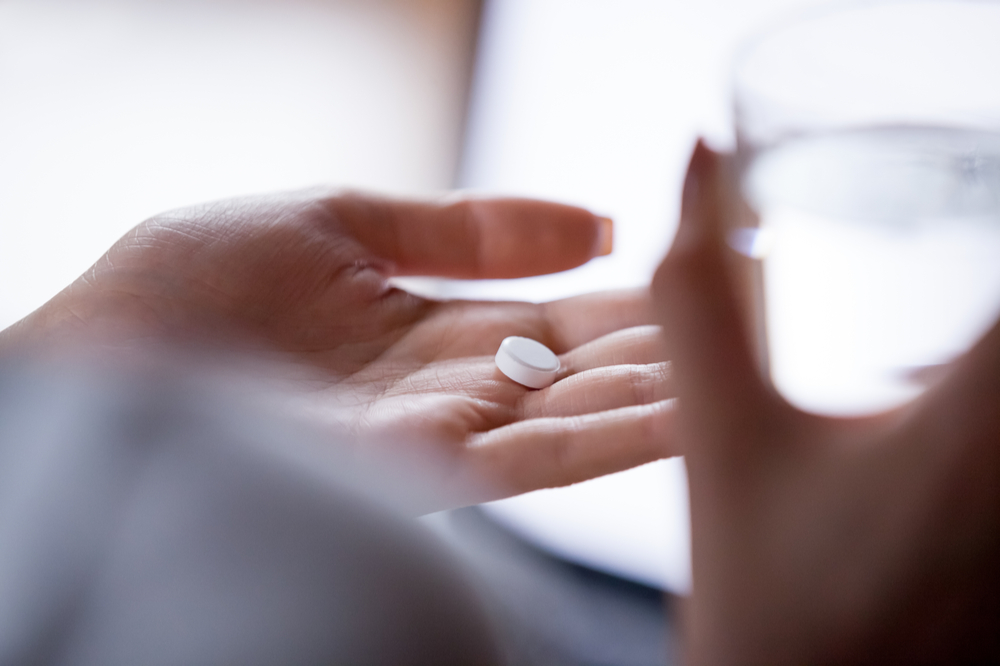According to the Department of Health and Human Services, opioid abuse in the U.S. is a public health emergency. In the U.S, 1.6 million people have developed an opioid misuse disorder. Medications like Suboxone can be a lifesaving treatment for opioid misuse. Many people are not aware of Suboxone treatment and how it can help. Here we’ll review more about Suboxone and the role it plays in opioid abuse treatment.
Suboxone, a Buprenorphine Medication for Opioid Abuse Treatment
Buprenorphine is a medication used in opioid use disorder treatment, as indicated by SAMHSA. It’s also known by its brand name, Suboxone. In Suboxone treatment, a harmful opioid is replaced with a safer substance. Suboxone helps with cravings and withdrawal symptoms; a person can focus better on other treatments when they feel better. Buprenorphine is one of several prescription medications used as opioid use disorder (MOUD) treatments, as SAMHSA notes. According to the Recovery Research Institute, opioids interact with cells like a key fitting into a lock. Receptors cover the surface of a nerve cell that responds to opioids. When an opioid key fits a receptor lock, it can cause several reactions. Opioids can trigger feelings of pleasure or dull a person’s pain. Opioids activate reward centers in the brain. These intense reactions are part of what makes opioids habit-forming. Suboxone is a partial agonist for opioid substances, meaning it can activate the same receptors as opioids, according to the Recovery Research Institute. Suboxone can also trigger physical reactions. But these are much weaker than full opioids. For a person with opioid dependence, these effects are less of a factor.
What Role Does Suboxone Play in Opioid Treatment?
Suboxone is used to help people manage opioid cravings and withdrawal symptoms. It can be a standalone treatment or used with other therapies. For people struggling with opioid dependence, Suboxone treatment can be lifesaving. According to the University of Arkansas Medical Sciences department, Suboxone treatment occurs in these three phases: Induction: First few days
- The first dose is given after a person is opioid-free for 12-24 hours.
- A person may get relief from withdrawal symptoms.
- The early stage is used to find the person’s daily dose.
Stabilization: Several weeks
- A person’s dosage is checked and adjusted.
- They have no cravings or withdrawal symptoms.
- Opioid use decreases or stops.
Maintenance: Ongoing
- Medication may be used long-term.
- Medically supervised withdrawal may be an option.
According to the Recovery Research Institute, people using medications may do better in treatment. But healthcare providers need approval before they can prescribe these medications. Getting through this process is not easy and can take time, limiting how many providers can prescribe these medications. Cost and outdated policies can also restrict access in some communities, as stated by the Recovery Research Institute. According to the Department of Health and Human Services, one major requirement was dropped as of April 27, 2021. This change now makes it easier to get approval and treat people in need.
How Can Suboxone Work for Someone Wanting Help with Opioid Misuse?
Suboxone has a vital role in opioid treatment. Here are some of the ways this medication can help a person needing support for opioid misuse.
Access in the ER
ER physicians see many people when they’re struggling with intense opioid withdrawal. According to Medpage Today, ER physicians can use Suboxone for a person with withdrawal symptoms. The physician can help a person right away without full approval.
Improved chance of going into remission
Suboxone can lead to remission for some people. Recovery Research Institute reports on one research study that showed that after using buprenorphine, 40% of participants had low opioid use, and 18.6% reported almost no use after a year. This change helps a person address other life areas and work toward remission.
Improved chance of staying in treatment
According to the Recovery Research Institute, over time, Suboxone helps a person reduce or stop their opioid use. Reduced use lowers the risk of overdose and withdrawal. It also improves a person’s ability to stay with treatment longer. Medications like Suboxone play an essential role in opioid abuse treatment. If you or someone you care about misuses opioids, ask your healthcare provider if Suboxone may be available. For more information or help with opioid misuse, contact the P.A.T.H. facility at 1-713-528-3709.

